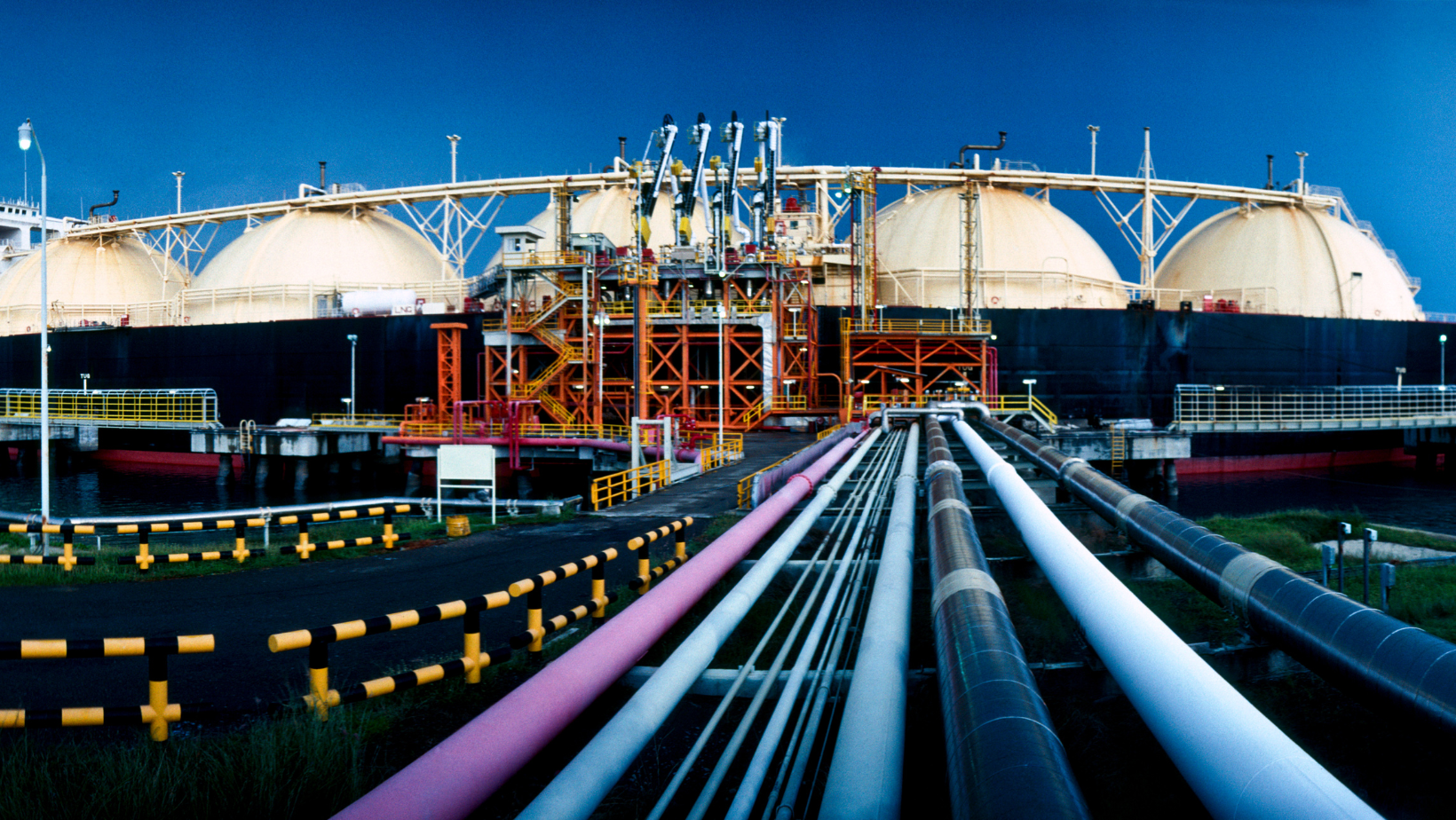The conflict in Ukraine, reshaping the energy landscape in Europe, continues to drive liquefied natural gas (LNG) exports from the United States. In December, LNG exports reached record levels, both on a monthly and annual basis. Throughout 2023, U.S. exports surged by 14.7%, totaling 88.9 million tons, up from 77.5 million tons in 2022, as indicated by tanker monitoring data reported by the London Stock Exchange Group.
“The record production in the United States,” explained Alex Munton, an analyst at Rapidan Energy, “was driven by two factors: the full return to service of the Freeport terminal, adding 6 tons, and the year-round production at the Calcasieu Pass facility of Venture Global LNG, contributing an additional 3 tons compared to 2022.” Recall that the Freeport terminal in Quintana Island, Texas, experienced a serious incident in June 2022, with an explosion followed by a major fire, disrupting operations for several weeks and reducing U.S. supplies by one-fifth.
The annual record for U.S. LNG exports confirms a trend highlighted in the first six months by the International Energy Agency, which already reported the U.S. as the leading exporter, surpassing Qatar and Australia. Many analysts anticipate the U.S. maintaining its lead in 2024, thanks to the commissioning of new liquefaction terminals. Europe remains the primary destination for American LNG exports in December, accounting for 5.43 tons, slightly over 61% of the total (down from 68% in November). The month-on-month decline reflects warmer-than-average temperatures in Europe and elevated storage levels, according to analysts at the consulting firm Rystad Energy. European gas storage was at 97% capacity at the beginning of December.
The trading session closed with a significant drop in futures for February natural gas at the Amsterdam TTF: a decrease of 6.414% to €30.27 per megawatt-hour. This marks the lowest point in over two years, signaling the ongoing shifts in the European energy market.

